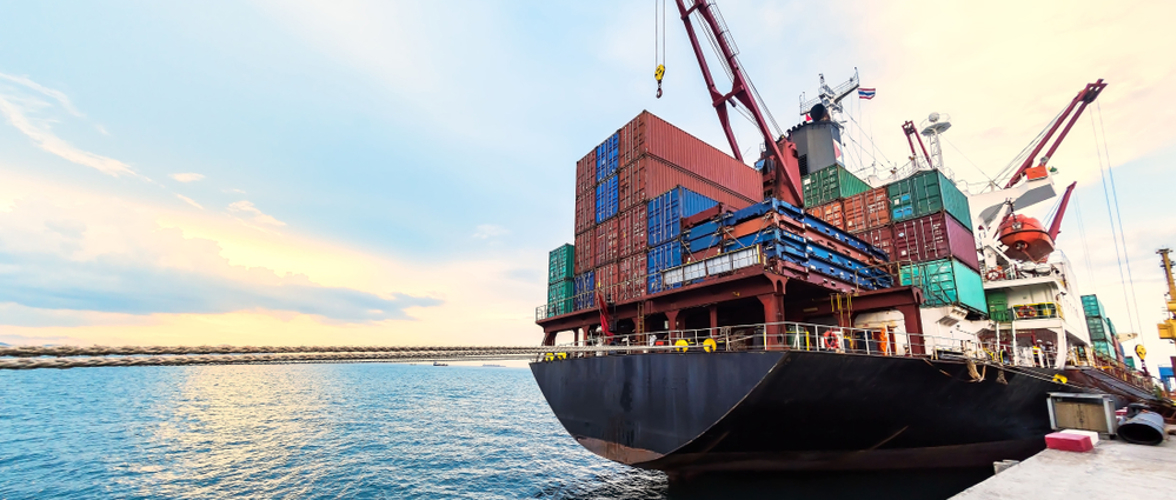Australian beef may become a rarer sight in foreign markets this year, as the Beef Cattle Farming industry struggles to rebuild the national herd. Drought conditions in prior years have reduced the number of cattle in Australia, with the national herd falling to 23.4 million in 2019-20, the lowest level since 1999. Australia is the second largest exporter of beef and veal, shipping 1,883 kilotonnes of the meat products in 2019.
‘With the national herd at its lowest point in over two decades, and global demand for meat products expected to surge amid a rebound from COVID-19, there is a real chance that Australia may fall to third or fourth place in the global beef export market,’ said IBISWorld Senior Industry Analyst, Liam Harrison.

Securing cash now, at a higher cost later
Farmers have faced the difficult choice to keep their cattle for a future rebuild in herd size, or send them to slaughter to secure cash now. Some firms have incurred large debts during drought years, making the need to secure immediate cashflow a major consideration. Despite projections of strong demand for Australian beef in 2021 and beyond, cattle farmers have continued to send female cattle to the slaughterhouse, rather than retain them to rebuild herd stock.
‘Over the December 2020 quarter, the ratio of female cattle processed as a proportion of total slaughter fell to 48.2%. This represents a significant drop from the 55.0% ratio in the prior year, but remains above the 47.0% level which would signify a technical rebuild of the national herd,’ said Mr Harrison.
Farmers may come to regret the lack of strong cattle rebuild down the line, as lower supply reduces future export opportunities.
AUD headwinds
The strength of the Australian dollar in 2021 is expected to hinder the cattle farming industry, as well as the Agribusiness sector as a whole.
‘The AUD broke through $US0.80 this week, and further upward pressure is possible given the strong international demand for Australian mining commodities. The strength of the dollar is bad news for Australian cattle producers, who are at risk of being priced out of major export markets,’ said Mr Harrison.

Indonesia is the largest market for Australian cattle, accounting for 34.7% of export revenue in 2019-20. Low supply and the rising AUD have driven high prices for Australian beef, prompting strikes amongst the country’s wet markets and a warning from the Indonesian Trade Ministry that it may need to source beef from other markets.
‘Australian farmers are in a tough spot, as rebuilding herds will lower supply to key export customers, and risks having their clients transition to alternative suppliers. However, if they don’t rebuild herds, they won’t have enough supply to benefit from future demand,’ said Mr Harrison.
Australia accounted for only 4.0% of global beef and veal production in 2019, but maintains major export market share in South Korea, Japan, and China. Export revenue is expected to fall by 27.5% in 2020-21, amid the fallout from the COVID-19 recession.
Cattle farming outlook
Revenue for the Beef Cattle Farming industry is expected to continue declining over the next five years as farmers rebuild their herds following years of adverse weather conditions and high turnoff rates. Industry revenue is forecast to decline at an annualised 4.7% over the five years through 2025-26, to $13.2 billion. Nevertheless, several trends are anticipated to support industry revenue.
‘Domestic meat prices are projected to remain high at the retail level, largely due to strong demand for Australian beef in export markets. An anticipated shift in consumer preferences towards organic beef, which carries a price premium, will likely support a slight rise in domestic retail beef prices,’ said Mr Harrison.
IBISWorld reports used to develop this release:
- Beef Cattle Farming in Australia
- Agribusiness in Australia
- Dairy Cattle Farming in Australia
- Beef Cattle Feedlots in Australia
For more information, to obtain industry reports, or arrange an interview with an analyst, please contact:
Jason Aravanis
Strategic Media Advisor – IBISWorld Pty Ltd
Tel: 03 9906 3647
Email: mediarelations@ibisworld.com









